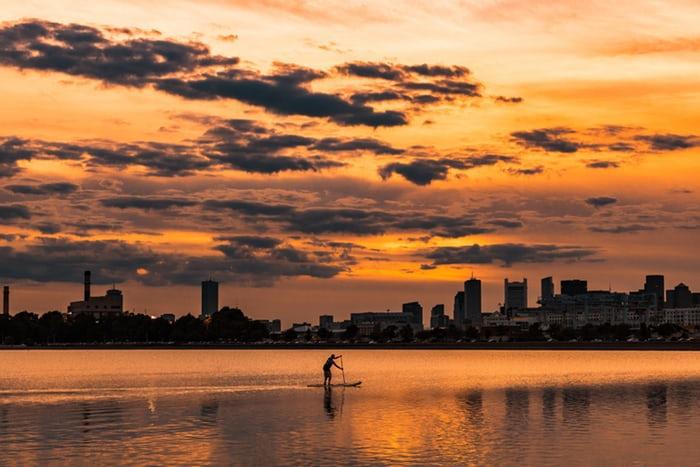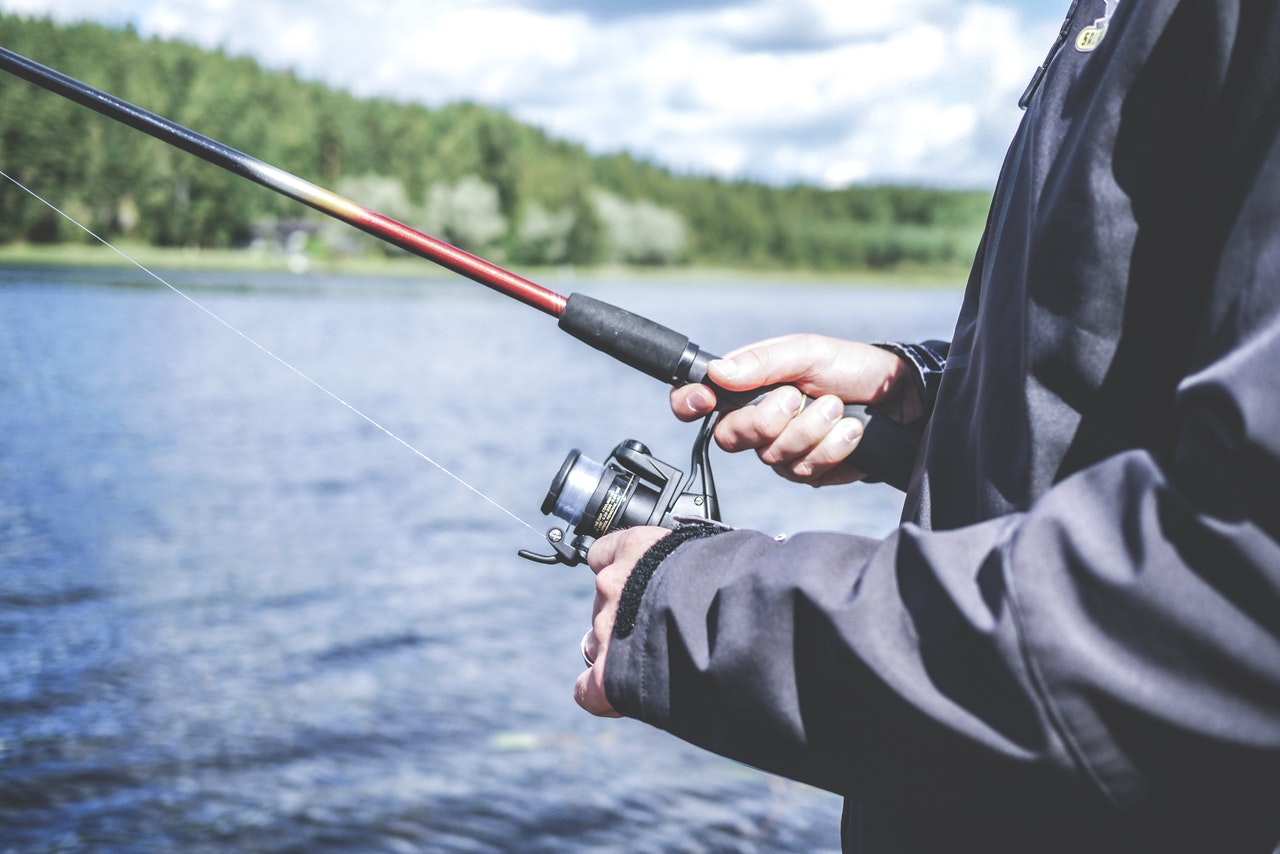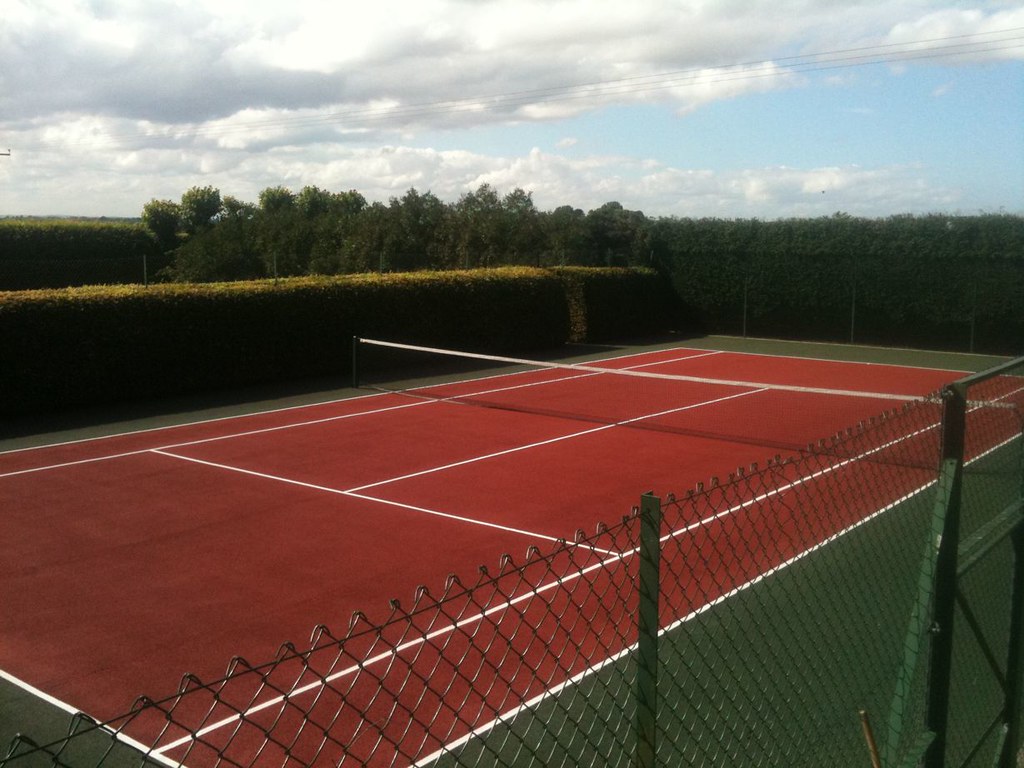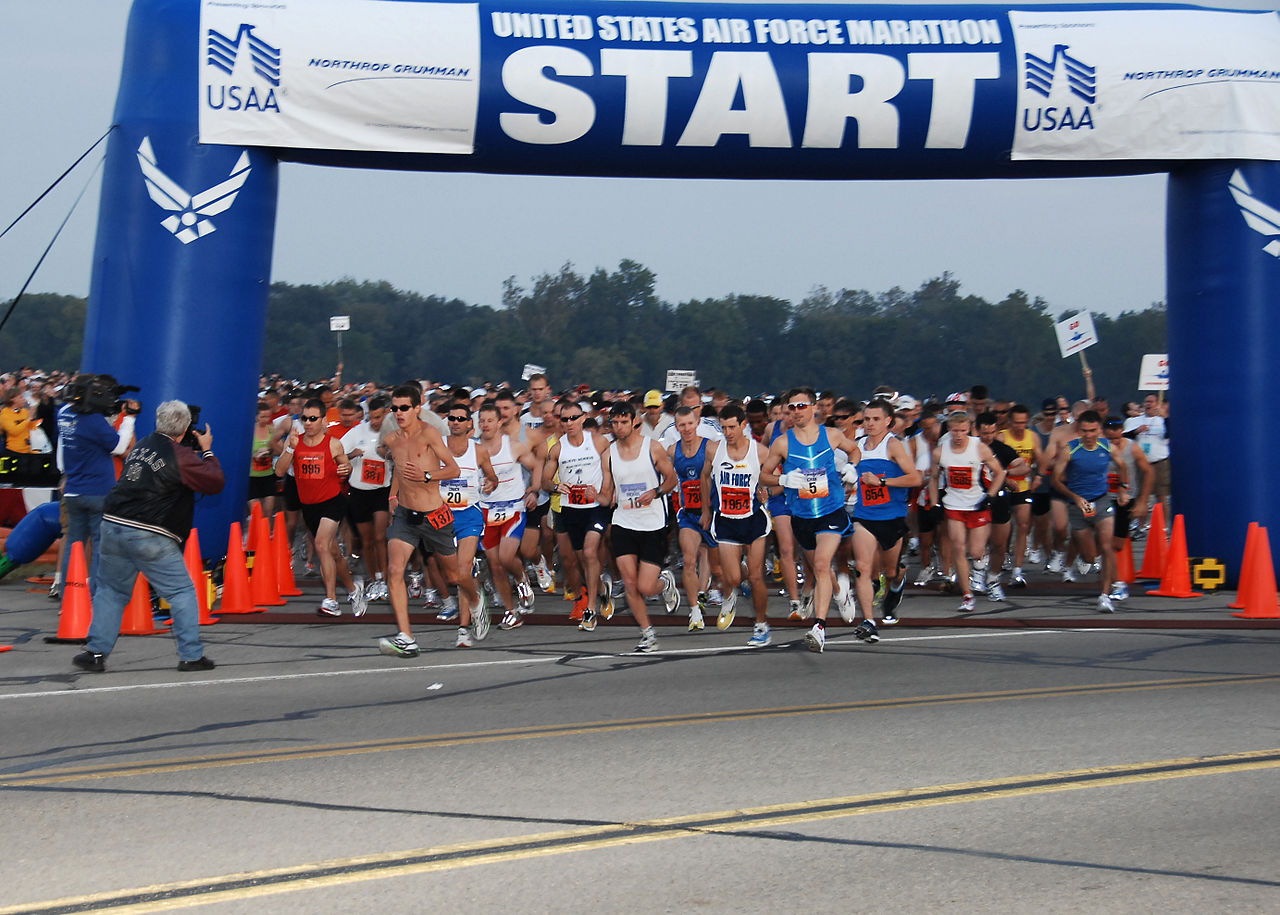
Paddle boarding is fast becoming a global favorite for fun and relaxation on the water. It’s a deceptively difficult activity that demands your entire body to function as a stable unit while utilizing your pulling muscles for momentum. In surfing, you can feel out the momentum and stay in line with the trajectory. In paddle boarding, you’re both the momentum and stability. If you’re looking to get your own stand up paddleboard, there are a few smart things you still need to keep in mind before you shell out your hard-earned cash. Here are some tips to help you out.
The first and most obvious thing you’ll want to ask yourself is: “solid or inflatable?” There are tons of factors that go into what you want, but in the end, it depends on your lifestyle. If you’re prioritizing performance and a perfect fit for your body, you can go with a solid SUP. There’s a bunch of venues with a SUP sale on the internet. If you value portability and/or are focusing on using it at the end of a hike, an inflatable one might be more your speed. Again, you can find these online for a decent price. Take into account your lifestyle and you’ll be sure to figure out which type is best for you.
If you’re going with a solid stand up paddle board, then next thing you’ll want to consider is the length. There are generally three classifications of SUP length. There’s the “short” one, which is usually under 10 feet. This is perfect for kids and a multi-purpose surfboard. Then there’s the “medium” length, which is 10-12 feet. That’s your go-to all around and yoga SUP. Then there are 12.5-14ft long SUPs. Those are for your long-distance and fast paddle trips.
Handling has much to do with width. Your mix of stability and speed, relative to your body type will be determined by this factor. This is where seeing one in person and feeling it out is advantageous. Wide ones are going to be more stable. But they’re also harder to steer. Narrow ones are faster and more maneuverable, but much less stable. It’s a trade-off, really.
The hull (body) is the purveyor of performance. It determines what it does best. They’re divided into “planing hulls” which are flat and wide, and “displacement hulls” which are narrow at the nose like a kayak. Planing hulls are amazing for yoga and leisurely rides. The way a displacement hull slice through the water, it’s best for fast speeds and fitness purposes.
Fins and fin sizes fall along the same lines as the width of the board. The broader they are, the more stable they are, albeit less maneuverable. The narrower ones are more maneuverable, but sacrifice stability. Once again, choosing one or the other depends on what you’re using the SUP for. But the cool thing about the fin is that it can be replaced. You can have as a set of very kind if you want.
Getting a board that’s right for you takes a bit of planning. If it’s your first time, try getting an all-around “down the middle” board. That will give you a good base to practice and move while preparing for other types down the line.









